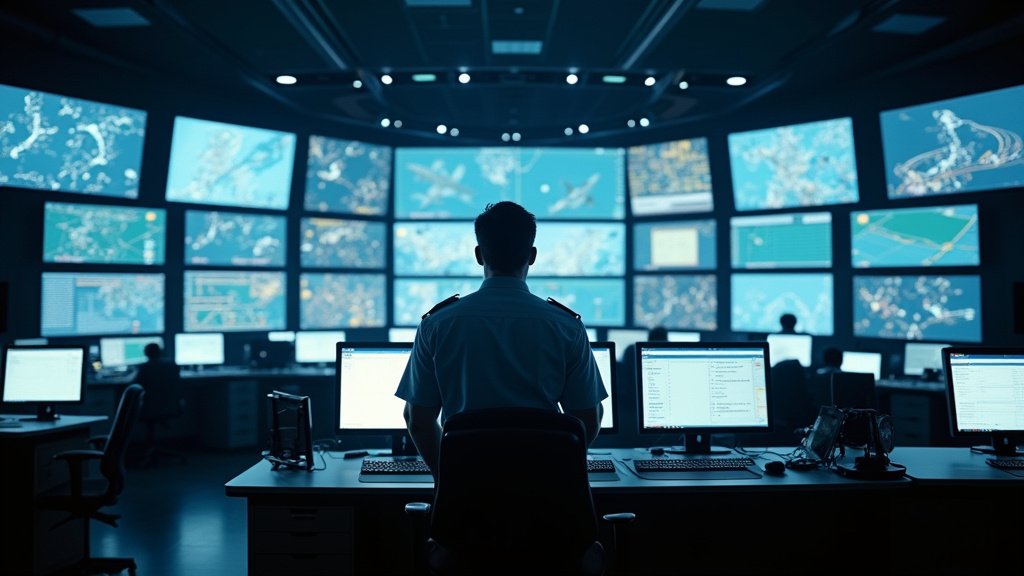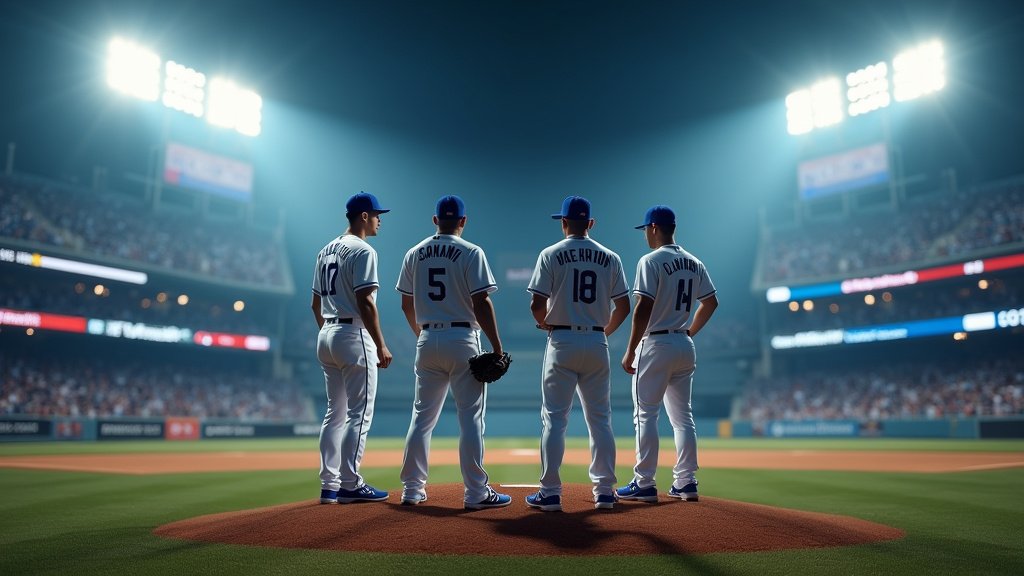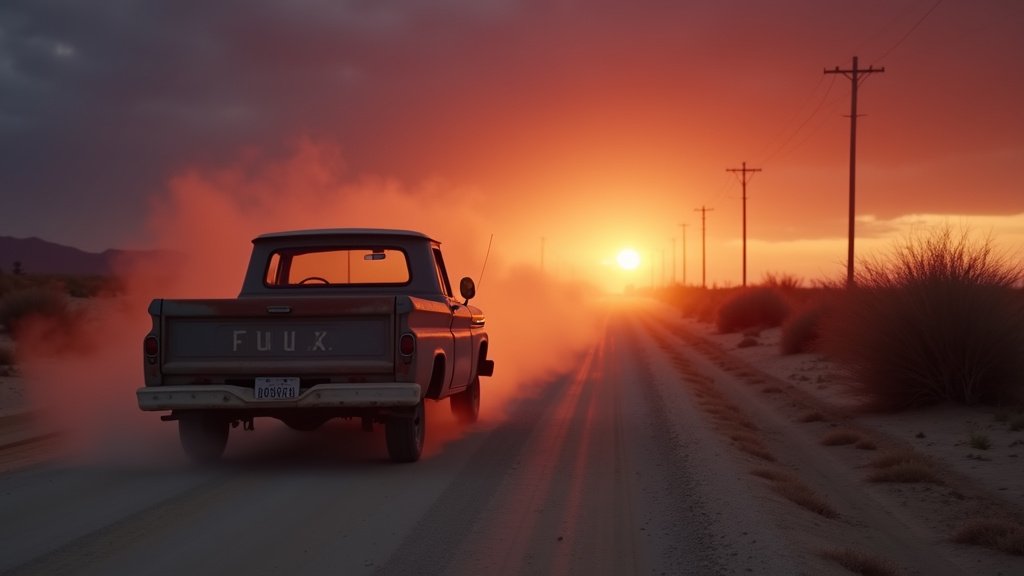LOS ANGELES – Los Angeles Mayor Karen Bass has announced the immediate lifting of a temporary curfew order that had been in effect for a limited portion of the downtown area. The measure, initially imposed on June 10, was designed to mitigate the risk of property damage and criminal activity, specifically vandalism and break-ins, during nighttime protests spurred by recent immigration enforcement actions.
The protests erupted following an intensified immigration crackdown initiated under President Donald Trump. These demonstrations saw the deployment of federal forces, including elements of the National Guard and Marines, adding a significant security presence to the city and fueling public dissent among various groups.
Context of the Unrest
The decision to implement the curfew on June 10 came as protests concentrated within a few blocks of downtown Los Angeles, particularly in proximity to federal and local government buildings. The proximity of these government centers made the area a focal point for demonstrators voicing opposition to the Trump administration’s immigration policies and the visible increase in federal and military presence in the city.
City officials had expressed concern that while the majority of demonstrators were peaceful, the cover of darkness and large crowds could be exploited by individuals intent on causing destruction or engaging in looting, as had been observed in previous instances of civil unrest nationwide.
Mayor Bass’s Justification and Assessment
In explaining her decision to lift the order, Mayor Bass stated that the curfew, which she described as covering a \”relatively tiny slice\” of the sprawling downtown district, had served its intended purpose. She credited the measure, alongside the efforts of law enforcement, with providing \”successful crime prevention and suppression efforts\” during the period it was active.
According to the Mayor’s office, the targeted curfew zone and its enforcement were effective in safeguarding downtown infrastructure and assets. \”The curfew helped protect our stores, restaurants, businesses, and the residents who call downtown Los Angeles home,\” Mayor Bass affirmed, highlighting the priority placed on maintaining public safety and economic stability in the urban core.
The enforcement of the curfew involved restricting pedestrian and vehicular traffic within the designated zone during specified nighttime hours. While specific details on arrests or incidents directly prevented by the curfew were not immediately available, the Mayor’s assessment suggests the measure contributed positively to the security landscape during a potentially volatile period.
Impact on Downtown Life and Business Hopes
The imposition of a curfew, even within a limited area, inevitably impacts daily life and commercial activity. Downtown businesses, many of whom have been striving to recover from previous disruptions, had faced another challenge with the restriction on movement during peak evening hours, typically important for restaurants, bars, and entertainment venues.
Following the announcement of the curfew’s lifting, businesses in the affected downtown area expressed optimism. There was a palpable hope among store owners and restaurateurs for a quick return of customers. The Tuesday after the lifting was anticipated to see a resumption of normal evening foot traffic and activity, vital for the economic health of the downtown district.
The lifting of the curfew signals a perceived de-escalation of tensions and a return to normalcy in the specific downtown blocks that were under restriction. It allows residents, workers, and visitors unrestricted access to the area at all hours, potentially boosting economic recovery efforts that were temporarily hampered by the security measure.
Moving Forward
While the curfew has been lifted, city authorities remain vigilant. The underlying issues that fueled the initial protests – President Trump’s immigration policies and the deployment of federal forces – continue to be subjects of public debate and potential future demonstrations. However, the immediate security concerns that necessitated the temporary curfew appear to have subsided sufficiently for the restriction to be removed.
The situation underscores the delicate balance city leaders must strike between facilitating the right to peaceful protest and ensuring public safety and protecting private property during times of heightened social and political tension.





